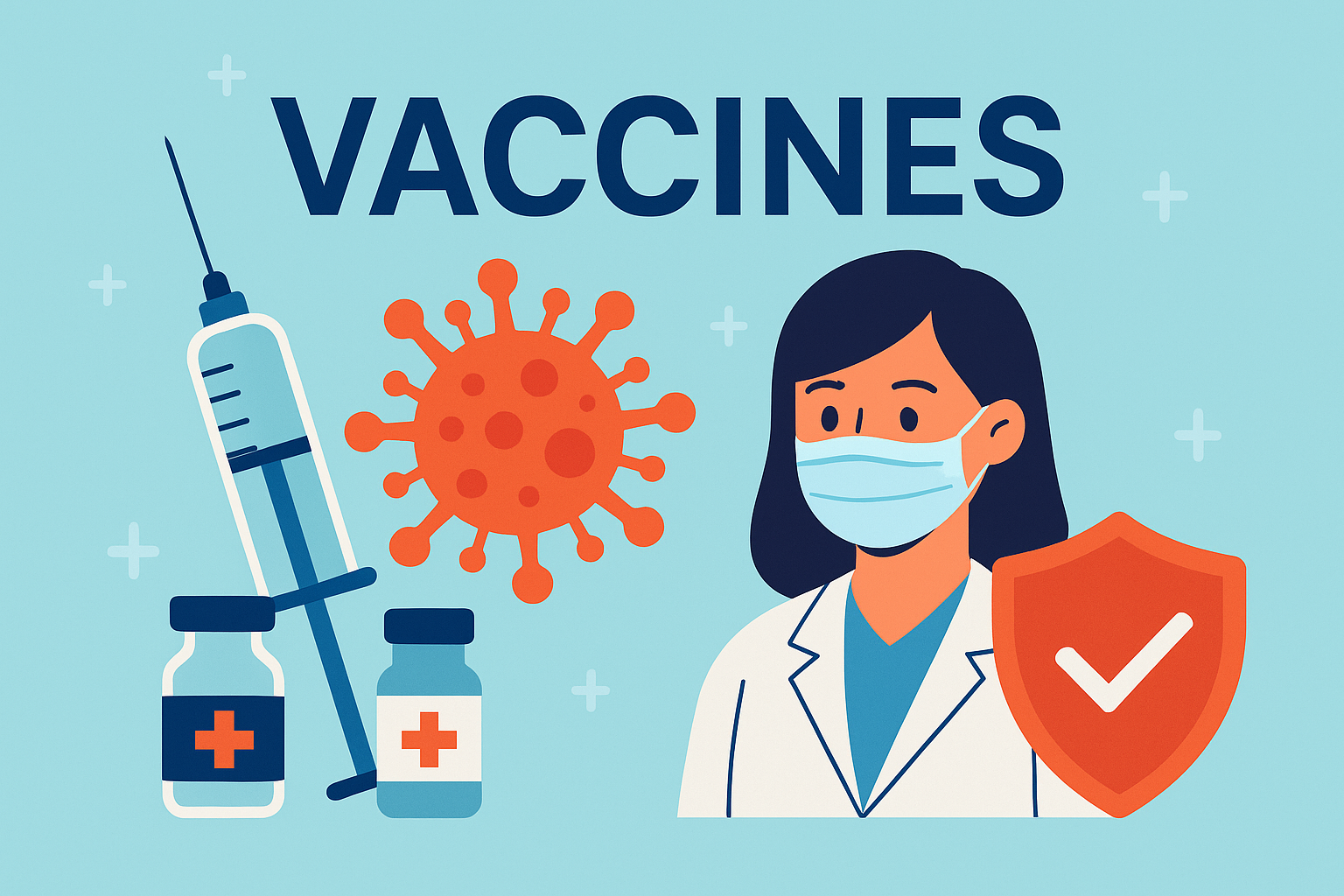[Download] Osteoblasts vs Osteoclasts: 7 Key Differences| BIOLOGY PDF NOTES
![[Download] Osteoblasts vs Osteoclasts: 7 Key Differences| BIOLOGY PDF NOTES 1 Osteoblasts vs Osteoclasts: 7 Key Differences](https://biologywala.com/wp-content/uploads/2023/06/Property.webp)
Introduction
“Osteoblasts vs Osteoclasts”: The structure and support of the body, along with the safeguarding of internal organs, are heavily reliant on bones. The process of bone formation and remodelling is under the regulation of two distinct cell types: osteoblasts and osteoclasts. While osteoblasts are in charge of generating bone tissue, osteoclasts are responsible for breaking down bone tissue. This article aims to compare and contrast osteoblasts and osteoclasts, emphasizing their similarities and differences.
Osteoblasts
Osteoblasts are bone-forming cells that are responsible for the synthesis and secretion of the extracellular matrix of bone. They are derived from mesenchymal stem cells and are found on the surface of bone tissue. Osteoblasts produce collagen and other proteins that form the organic matrix of bone, as well as enzymes that mineralize the matrix with calcium and phosphate ions. Once the matrix is mineralized, osteoblasts become embedded in the bone tissue and differentiate into osteocytes, which are mature bone cells.
Osteoclasts
Osteoclasts are large, multinucleated cells that are responsible for bone resorption. They are derived from the same progenitor cells as macrophages and are found on the surface of bone tissue in areas called Howship’s lacunae. Osteoclasts secrete acid and enzymes that dissolve the mineralized matrix of bone, releasing calcium and phosphate ions into the bloodstream. This process is important for the regulation of calcium and phosphate homeostasis in the body.
Comparison Table Osteoblasts vs Osteoclasts
Here is a comparison table that summarizes the key differences between osteoblasts and osteoclasts:
| Property | Osteoblasts | Osteoclasts |
|---|---|---|
| Function | Bone formation | Bone resorption |
| Origin | Mesenchymal stem cells | Hematopoietic stem cells |
| Location | Surface of bone tissue | The surface of bone tissue |
| Structure | Single nucleus | Multinucleated |
| Secreted Products | Extracellular matrix proteins | Acid and enzymes for matrix degradation |
| Regulation of Activity | Parathyroid hormone (PTH), Vitamin D | Calcitonin, estrogen, testosterone, PTH |
Mechanism of Osteoblast and Osteoclast Activity
Both work together to maintain bone homeostasis in the body. Osteoblasts are activated by various factors, including parathyroid hormone (PTH) and vitamin D, which promote the differentiation and activity of osteoblasts. Osteoblasts produce and secrete proteins that form the organic matrix of bone and enzymes that mineralize the matrix with calcium and phosphate ions. Once the matrix is mineralized, osteoblasts differentiate into osteocytes and become embedded in the bone tissue.
Osteoclasts, on the other hand, are regulated by various hormones, including calcitonin, estrogen, testosterone, and PTH. These hormones control the differentiation and activity of osteoclasts, as well as the rate of bone resorption. Osteoclasts secrete acid and enzymes that dissolve the mineralized matrix of bone, releasing calcium and phosphate ions into the bloodstream.
Conclusion
In conclusion, both are two types of cells that play important roles in bone formation and remodeling. Osteoblasts are responsible for the synthesis and secretion of the extracellular matrix of bone, while osteoclasts are responsible for bone resorption. Understanding the differences between these two types of cells is crucial for understanding the mechanisms of bone homeostasis and the development of bone diseases such as osteoporosis. Moreover, understanding the regulation of osteoblast and osteoclast activity is important for the development of therapies for bone diseases.
In addition to the factors mentioned above, other factors also play a role in the regulation of osteoblast and osteoclast activity. These factors include cytokines, growth factors, and mechanical stimulation. For example, mechanical loading of bones stimulates osteoblast activity, while unloading or immobilization of bones leads to decreased bone mass and increased bone resorption.
Let’s see what recent research says about Osteoblasts vs Osteoclasts
Also, read :
- [DOWNLOAD] Molecular Biology of the Cell The Problems Book 6th edition by John Wilson Tim Hunt
- Download Top 3 Genetics Books
Join SACHIN’S BIOLOGY on Instagram or Facebook to receive timely updates and important notes about exams directly on your mobile device. Connect with Mr. Sachin Chavan, the founder of Sachin’s Biology and author of biologywala.com, who holds an M.Sc., NET JRF (AIR 21), and GATE qualifications. With SACHIN’S BIOLOGY, you can have a direct conversation with a knowledgeable and experienced.
![[PDF] Control of gene expression in phages: lysogeny and lytic cycle 2 Control of gene expression in phages .](https://biologywala.com/wp-content/uploads/2022/03/Control-of-gene-expression-in-phages-on-biologywala.com_-520x245.webp)

![[Download] Free Stryer Biochemistry PDF Book 8th Edition: 4 [Download] Free Stryer Biochemistry PDF Book 8th Edition:](https://biologywala.com/wp-content/uploads/2021/08/0001-5200758680_20210802_080744_0000-520x245.png)